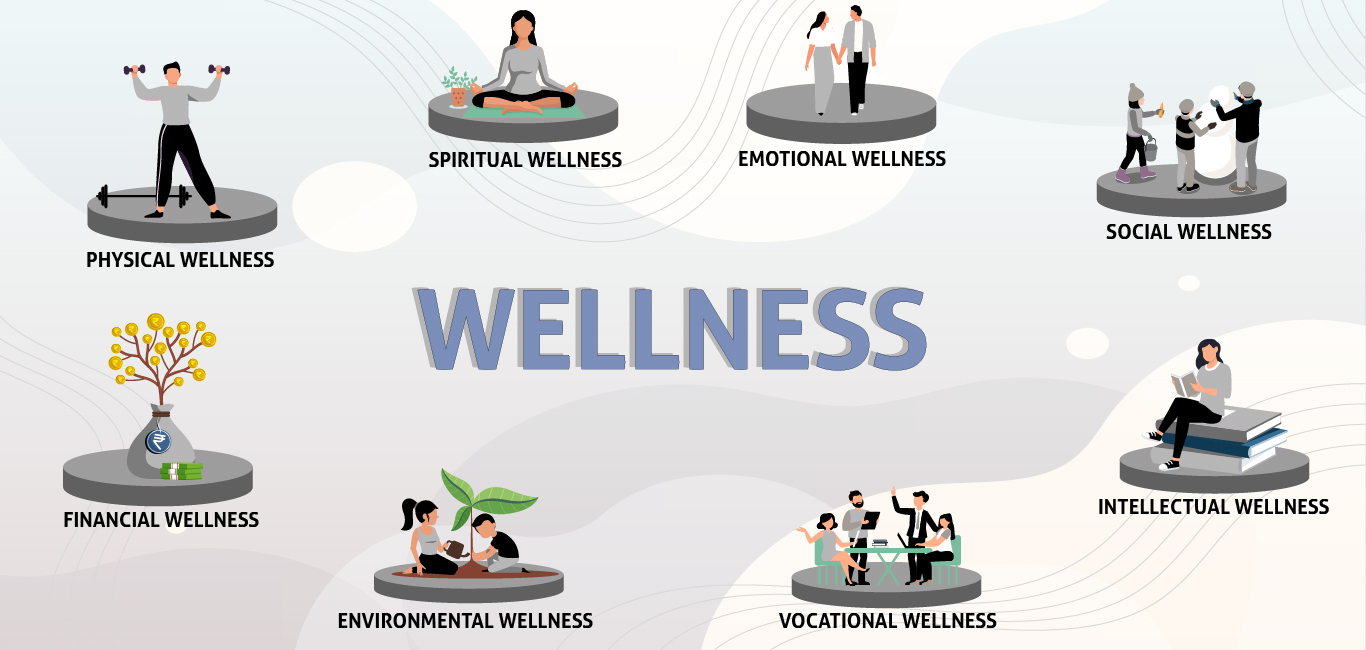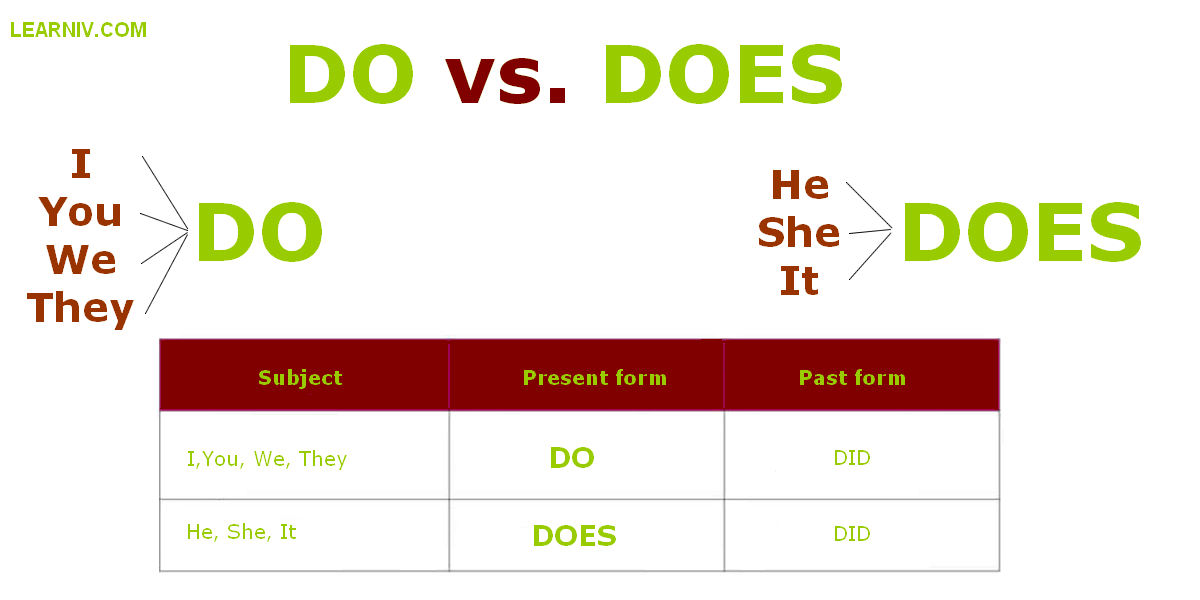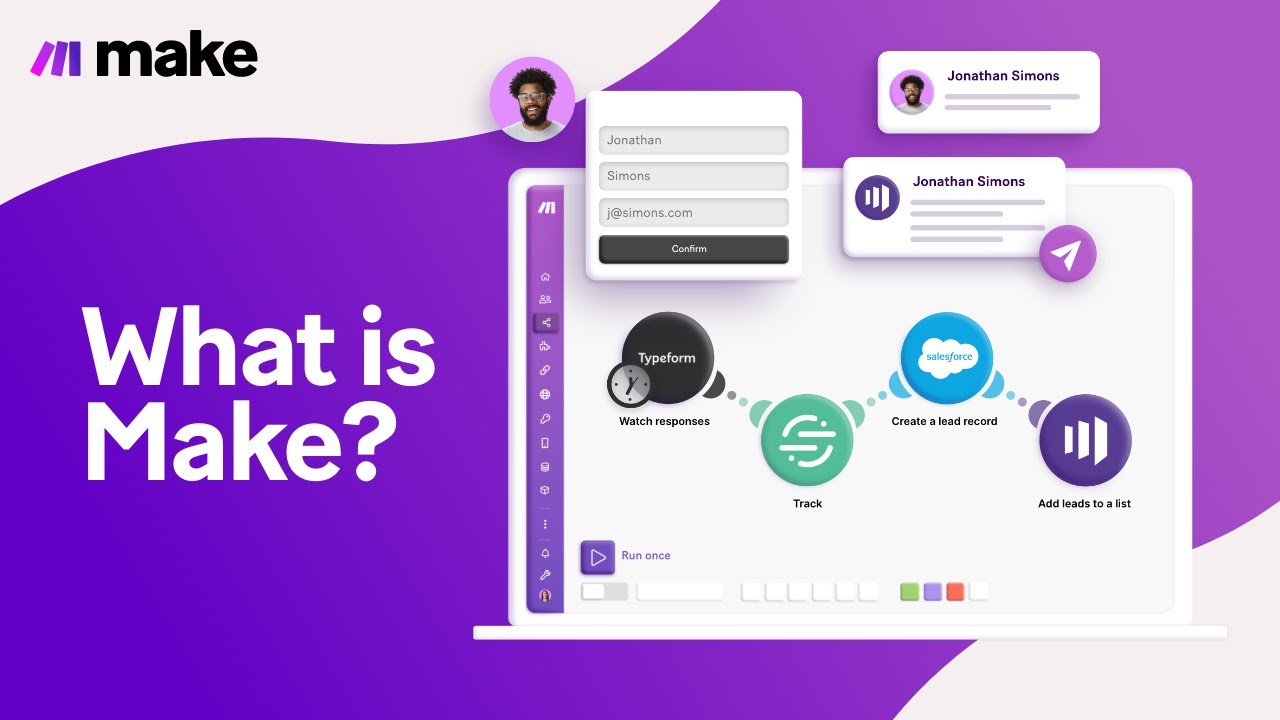Unlocking the Power of Wellness Days: Enhancing Employee Health and Productivity
What Are Wellness Days?
Wellness days are dedicated periods, typically provided by employers, designed to help employees focus on their physical, mental, and emotional well-being . These are distinct from standard annual leave or sick days, offering a proactive opportunity for staff to recharge, reset, and return to work with renewed energy and focus. The concept has expanded beyond simple time off, now encompassing holistic activities and resources to address a variety of health needs, such as screenings, workshops, fitness activities, and nutrition guidance [1] , [2] .
Why Wellness Days Matter
Modern workplaces face unprecedented challenges, including rising stress levels, chronic illnesses, and increased rates of burnout. Research shows that wellness days can:
- Reduce absenteeism by addressing health issues proactively, saving organizations time and resources [1] .
- Increase productivity by ensuring employees return to work refreshed and focused [4] .
- Improve morale and retention by demonstrating organizational care for employee well-being [5] .
For many, the impact is personal: wellness days can prevent burnout, which is characterized by exhaustion, cynicism, and decreased productivity. Over two-thirds of professionals have left roles where they felt overwhelmed, highlighting the need for proactive wellness support [2] .
Key Components of an Effective Wellness Day
Successful wellness days offer a mix of activities and resources to engage employees holistically. Common elements include:
- Physical Health Checks : On-site screenings for blood pressure, cholesterol, and glucose levels promote early detection of health risks [1] .
- Fitness Activities : Interactive fitness challenges and demonstrations encourage regular physical movement, suitable for all ability levels.
- Mental Wellness Workshops : Stress management sessions, mindfulness exercises, and access to counseling services help address anxiety and depression [4] .
- Nutrition Guidance : Talks by registered dietitians and healthy meal options inspire better dietary habits.
- Interactive Games and Prizes : Team games and raffles build camaraderie and increase engagement, making wellness days enjoyable for all participants.
Personalization is a key driver of success. Some employees may prefer physical activities, while others benefit more from mental health support or family time. Allowing staff to choose how they engage makes the event more meaningful [5] .

Source: bewellhealthandfitness.com
Implementing Wellness Days: Step-by-Step Guidance
Launching wellness days in your organization requires thoughtful planning and clear communication. Here is a recommended approach:
- Assess Employee Needs Survey your staff to understand their wellness priorities. Consider factors like stress levels, health risks, and preferred activities. This data guides the structure and content of your wellness day.
- Set Clear Policies Define how wellness days fit within your existing leave policies. These days should be separate from annual leave and sick time, with clear guidelines for requesting and using them. Many organizations offer one wellness day per quarter but adjust based on employee feedback [2] .
- Develop a Diverse Program Include options for physical, mental, and social well-being. Offer variety to accommodate different interests and health needs. Examples include health screenings, fitness classes, mental health seminars, and group activities.
- Communicate and Educate Inform employees about the purpose and benefits of wellness days. Provide practical guidance on how to request time off and participate in activities. Emphasize the organization’s commitment to holistic well-being.
- Gather Feedback and Refine After each wellness day, solicit feedback from participants. Use this input to improve future events and ensure they continue to meet evolving needs.
For organizations without an established program, start by consulting with wellness professionals or exploring resources from reputable workplace health organizations. You can search for “employee wellness program consultants” or contact your local healthcare provider for recommendations on organizing wellness-focused activities.
Real-World Examples of Wellness Day Activities
Many companies have successfully implemented wellness days with creative, impactful activities. For instance:
- Tech Company Wellness Fair : A multinational tech firm hosts quarterly wellness fairs featuring health screenings, yoga classes, nutrition workshops, and healthy cooking demonstrations.
- Retail Chain Mental Health Day : A large retailer offers optional mental health focus days, providing mindfulness seminars and confidential access to counseling.
- Financial Services Team-Building : Financial institutions integrate team sports and community volunteering into wellness days, fostering both physical health and social connection.
The common thread is a multifaceted approach that recognizes the diverse needs of employees. Whether through physical, mental, or social activities, wellness days are tailored to maximize participation and impact.
Challenges and Solutions
Implementing wellness days is not without obstacles. Possible challenges include:
- Scheduling Conflicts : Coordinating activities and time off for large teams can disrupt workflows. Solution: Stagger wellness days or offer flexible scheduling options.
- Low Engagement : Employees may be hesitant to participate. Solution: Involve staff in planning, offer incentives, and communicate the personal and professional benefits.
- Resource Limitations : Smaller organizations may lack the budget for elaborate events. Solution: Focus on low-cost activities such as guided walks, online workshops, or peer-led group sessions.
Regular evaluation and adaptation help overcome these hurdles. Start small if needed, and expand as resources and engagement grow.
Alternative Approaches to Wellness Support
While designated wellness days are effective, organizations may consider additional strategies:
- Ongoing Wellness Programs : Establish year-round initiatives, such as gym memberships, mental health resources, and flexible work arrangements.
- Remote Wellness Activities : For distributed teams, offer virtual workshops, online fitness classes, and remote counseling.
- Partnering with External Providers : Collaborate with local health organizations for expert-led sessions and resources. Search for “corporate wellness providers” in your area for vetted options.
Each approach should be tailored to organizational needs and resources, with regular input from employees to ensure relevance and effectiveness.
How to Access Wellness Day Benefits
If you are an employee interested in advocating for wellness days, consider these steps:
- Discuss the concept with your human resources or management team. Share research and examples to demonstrate the benefits.
- Propose a pilot program, such as one wellness day per quarter, and volunteer to help organize activities.
- Suggest surveying staff to gauge interest and gather ideas for wellness day activities.
- Seek guidance from workplace wellness experts or consult reputable health organizations for best practices and implementation support.
Employers who wish to introduce wellness days can start by reviewing official resources from workplace health organizations or consulting with occupational health professionals. For further information, search for “employee wellness programs” on the websites of established health and HR organizations.
Key Takeaways
Wellness days are a powerful tool for promoting employee health, preventing burnout, and enhancing workplace productivity. While implementation requires careful planning, the benefits are clear: improved morale, reduced absenteeism, and a healthier organizational culture. By personalizing activities, communicating effectively, and seeking regular feedback, companies can ensure wellness days deliver lasting positive impact. For more guidance, consult with wellness professionals or explore resources from leading health organizations.

Source: freedivenomadtaiwan.com
References
- [1] EAPASA (2025). Wellness Days at Work: Enhancing Employee Health and Morale.
- [2] LeaveDates (2024). Understanding Employee Wellbeing Days.
- [3] Wellable (2023). Practical Ways To Make Global Wellness Day Meaningful At Work.
- [4] HealthHero (2022). The Business Benefits of Offering Employee Wellbeing Days.
- [5] Heka (2025). What is a wellbeing day for employees?
MORE FROM searchcritic.com













